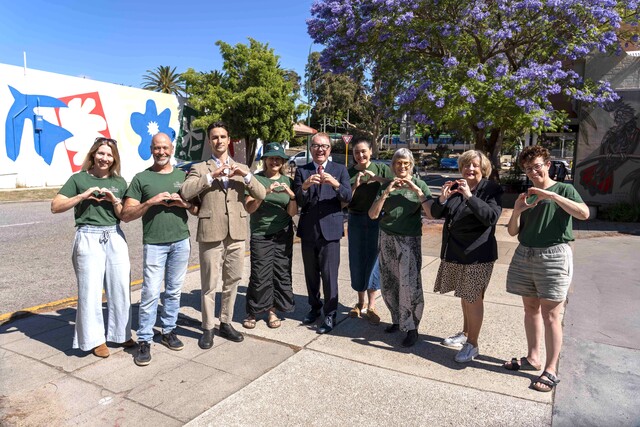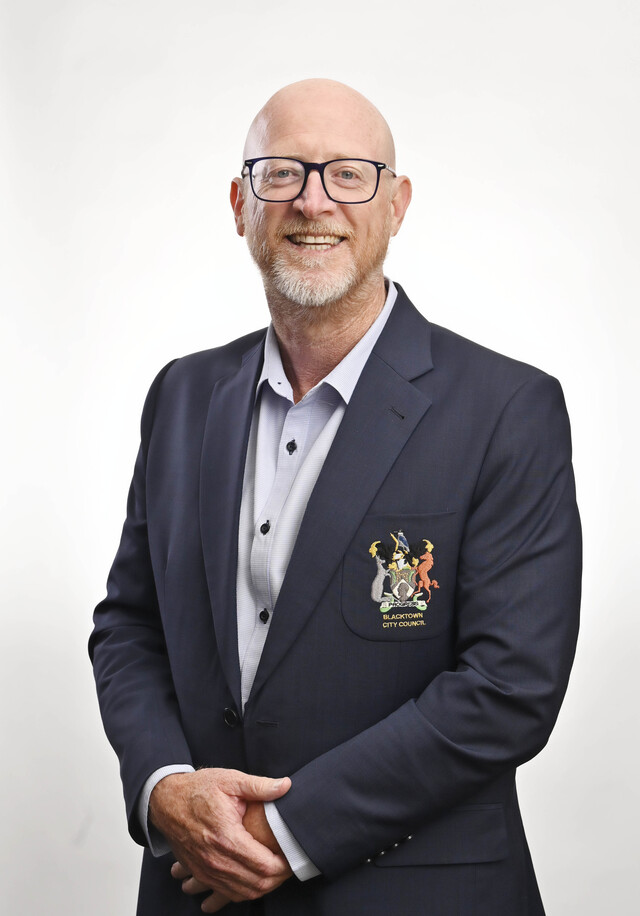The largest urban settlement in the Pilbara and in one of the most isolated areas on earth, the Town of Port Hedland is very aware of the high risk of loss of life and property damage from cyclones. The Pilbara region is the most cyclone prone coastline in Australia. It is usually threatened by four or five cyclones each year.
Winds of up to 200 kilometres per hour cause extensive property damage, while air borne debris can create potentially lethal missiles. Recent changes to the Western Australian Local Government Act now enables Councils to issue clean up notices to residents and businesses, forcing them to remove material and other potential missiles from their properties.
Port Hedland is one of the first Councils in the State to put in place these provisions under Schedule 3.1 of the Act. With the cyclone season running from November to April, each October is declared Cyclone Clean Up month.
Costing around $60,000 per annum, residents are able to leave green waste and other rubbish on verges to be picked up by Council and deposited at the local refuse site. If Port Hedland does suffer the effects of cyclonic winds, plus surges and heavy rain that usually accompany such a climatic disaster, Council also carries out a clean up program.
A second exciting initiative for Port Hedland is the Bureau of Meteorology’s recent selection of the Town as the site for the trial of the atmospheric aerosonde. This is a small, inexpensive, reusable aircraft, weighing less than 15 kilograms.
Onboard there are meteorological sensors capable of operating over long ranges. The aerosonde monitors tropical cyclone movement off the northwest coast by taking atmospheric measurements.
To be launched from the Port Hedland International Airport, the aerosonde travels thousands of kilometres over a period of days.
As soon as a cyclone forms, the aircraft is flown into the centre of the cyclone at high altitude taking readings at either a constant altitude or by vertical soundings. Commencing in January 1998 and involving 11 aircraft, Western Australian’s Severe Weather Section of the Bureau will be responsible for the trial.







